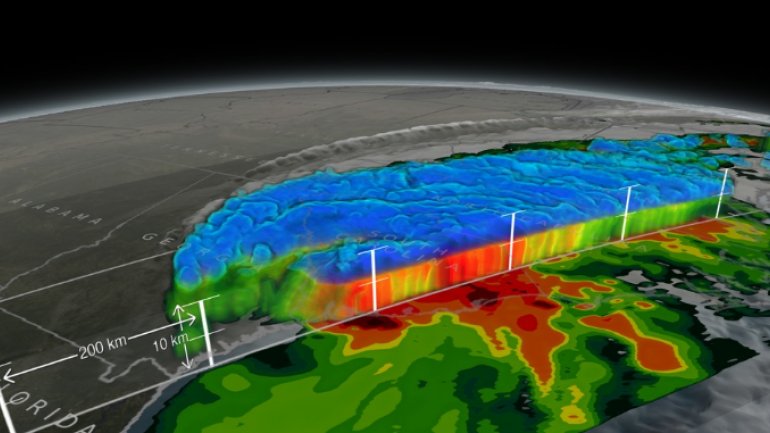This 3D video shows massive amount of rain Hurricane Matthew dumped on the US Southeast

NASA's Global Precipitation Measurement mission or GPM core observatory satellite flew over Hurricane Matthew as the category 2 hurricane drenched North and South Carolina with record-breaking rainfall on October 8, 2016 resulting in historical flooding throughout the Carolinas, svs.gsfc.nasa.gov informs.
The GPM Core Observatory carries two instruments that show the location and intensity of rain and snow, which defines a crucial part of the storm structure – and how it will behave. The GPM Microwave Imager sees through the tops of clouds to observe how much and where precipitation occurs, and the Dual-frequency Precipitation Radar observes precise details of precipitation in 3-dimensions.
GPM data is part of the toolbox of satellite data used by forecasters and scientists to understand how storms behave. GPM is a joint mission between NASA and the Japan Aerospace Exploration Agency. Current and future data sets are available with free registration to users from NASA Goddard's Precipitation Processing Center website.